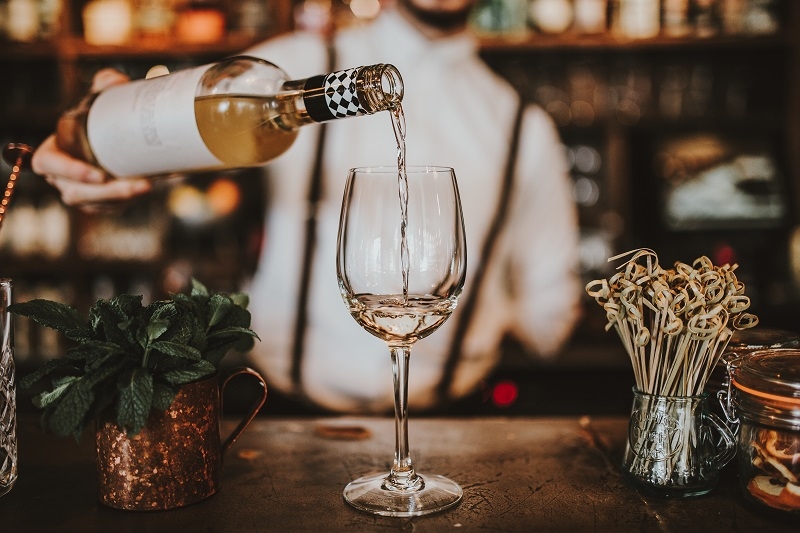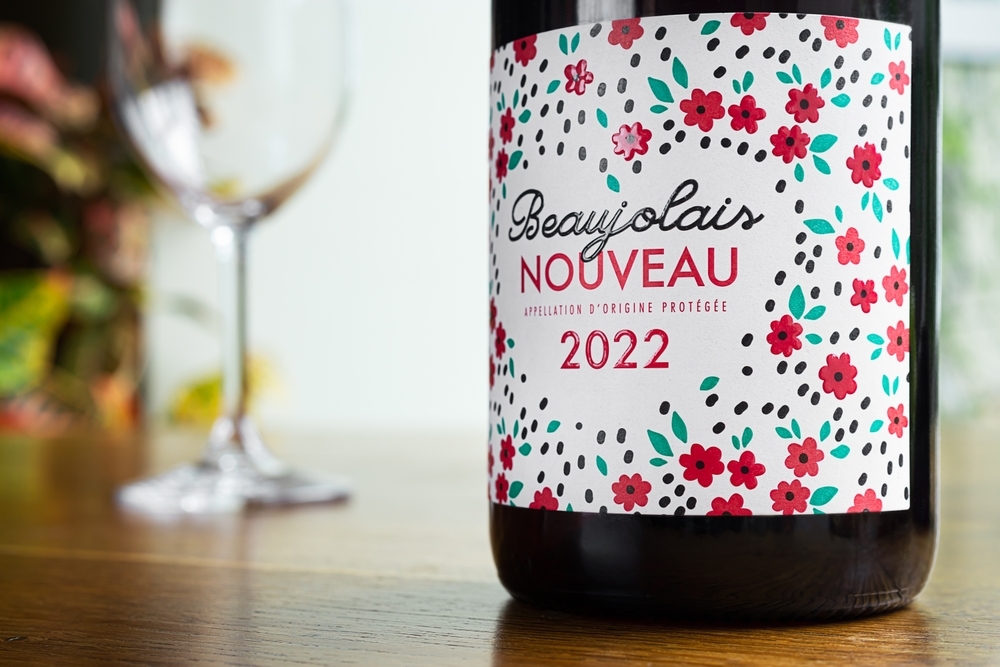Discover the Rich Flavors and History of Madeira Wine

Madeira wine, a symbol of heritage and tradition, has graced the world stage for over four centuries. Originating from the picturesque Madeira Island, located off the coast of Africa, this fortified wine has played a pivotal role in the global wine trade, transcending mere culinary delight to become a historical artifact.
What is Madeira Wine?
Madeira is a fortified wine, known for its distinctive characteristics and versatility. It ranges from dry to sweet, crafted to endure long voyages at sea, thanks to the addition of grape spirit which elevates its alcohol content. Its unique aging process, involving heat and oxidation, imparts complex flavors of caramel, nuts, and fruit, setting it apart from other wines.
Types of Madeira Wine
- Dry (Sercial): Offers a sharp, acidic profile ideal for an aperitif. Flavors include citrus and nuts.
- Medium-Dry (Verdelho): Slightly sweeter than Sercial, with hints of smoke and spices. Great with soups and seafood.
- Medium-Sweet (Boal): Richer and more mellow, featuring flavors of caramel and dried fruit. Pairs well with desserts and cheese.
- Sweet (Malvasia): The sweetest, with lush chocolate and tropical fruit notes. Perfect for sipping alone or with rich desserts.
Each Madeira type, crafted from specific grape varieties, brings its own unique array of flavors suited for various culinary occasions.
The Unique Terroir of Madeira
The island's terroir, a blend of volcanic soil and a subtropical climate, contributes significantly to the wine's unique profile. The diverse soil types, ranging from rich, fertile earth to stark, volcanic rock, alongside the island's weather patterns, ensure that the grapes develop high acidity and robust flavors, foundational to Madeira's signature taste.
Historical Journey
Madeira's journey is as rich and complex as its flavors. Initially fortified to survive long sea voyages, it became a cherished commodity in the Americas and Europe. The serendipitous discovery of its aging process, known as "Vinho da Roda," occurred when casks returned from long trips tasting remarkably better. This "accidental" method became a deliberate practice, giving birth to the distinctive Madeira wine known today.
The Madeira Wine-Making Process

The creation of Madeira is a meticulous process. Fermentation is carefully controlled, with the timing of the spirit's addition determining the wine's sweetness. The wine then undergoes a unique aging process, either through 'estufagem,' where it's heated in tanks, or 'canteiro,' where it matures in barrels under the sun, acquiring its characteristic depth and intensity.
Styles of Madeira Wine
Madeira wine is classified by its sweetness level: Dry (Sercial), Medium-Dry (Verdelho), Medium-Sweet (Boal), and Sweet (Malvasia). Each style, deriving from specific grape varieties, offers a spectrum of flavors suited for different occasions, from aperitifs to dessert companions. Just as with selecting a Dry White Wine for its crispness, choosing the right Madeira style can perfectly complement your dining experience from start to finish.
Tasting Madeira: Flavor Profiles and Sensory Experience
Madeira wine, a fortified marvel from the Portuguese island of Madeira, boasts an array of rich, complex flavors and aromas. Its taste profile spans caramel, walnut oil, peach, hazelnut, orange peel, and burnt sugar, among others. This diverse palette is the result of Madeira's unique aging process, involving heat and oxidation, which enriches the wine with unparalleled depth and longevity. Each sip of Madeira offers a layered sensory experience, reflecting centuries of winemaking mastery.
Cooking with Madeira
In the culinary world, Madeira wine is a revered ingredient, lending its distinctive flavors to a variety of dishes. From enriching classic French sauces to enhancing contemporary creations, Madeira brings a touch of elegance and complexity. When cooking with Madeira, selecting the right style is key.
For savory dishes, a dryer Madeira like Sercial or Verdelho adds depth without overwhelming sweetness, while sweeter styles like Bual or Malvasia can complement desserts or rich, meaty courses. Embrace the art of cooking with Madeira, much like using Noble Rot Wine, to elevate your dishes with a unique blend of sophistication and intricate flavors.
Madeira in Cocktails
Beyond the kitchen, Madeira has made its mark in the world of mixology. Historically celebrated in punches and flips, it continues to inspire modern bartenders. Its versatility makes it an excellent base or complement in cocktails, adding richness and nuance. For a refreshing twist, mix Madeira with citrus and sparkling water, or for something more traditional, try a Madeira Cobbler, showcasing its robust flavors alongside fruit and ice.
Serving and Storing Madeira
To fully appreciate Madeira's bouquet and palate, serving it at the correct temperature is crucial. Dry and medium-dry Madeiras are best served slightly chilled, around 55-60F, while sweeter varieties should be slightly cooler than room temperature to enhance their lush profiles.
Choosing the right glassware also enhances the experience; use tulip-shaped glasses for drier Madeiras and smaller, narrower glasses for sweet styles. Madeira's resilience to oxidation allows it to remain fresh for months, even years, after opening when stored properly in a cool, dark place.
Enjoying Madeira Today
Madeira's versatility shines through its pairing potential. Dry Madeiras beautifully accompany starters and light meals, while sweet Madeiras can turn dessert into an unforgettable experience. Its ability to bridge the gap between old-world charm and modern tastes ensures Madeira's place at any table, from casual gatherings to fine dining occasions.
You may also like: Top 40 Wine Quotes Ever Uttered Funny & Wise Sayings
Conclusion
Madeira wine's journey from a tiny Atlantic island to the world's finest tables is a testament to its enduring allure. Its complex flavors, versatile culinary applications, and storied history invite connoisseurs and casual drinkers alike to explore its depths. As we reflect on Madeira's timeless nature, let us embrace the opportunity to delve into the rich tapestry of its wine culture, celebrating the past while savoring the present moment.
FAQs
Is Madeira wine red or white?
Madeira wine can be made from both red and white grape varieties. However, regardless of the grape color, Madeira typically exhibits an amber or toffee-like hue due to its aging process.
Are port and Madeira wine the same?
No, Port and Madeira are not the same. Though both are fortified wines, they originate from different regions of Portugal and have distinct winemaking processes and flavor profiles.
Which Madeira wine is best?
The "best" Madeira wine depends on personal preference. High-quality single-varietal Madeiras, like those made from Sercial, Verdelho, Bual, or Malvasia grapes, are highly regarded for their complexity and depth.
Which Madeira wine is for cooking?
For cooking, inexpensive styles like Rainwater or Finest Madeira are suitable. They offer the characteristic Madeira flavors without the cost associated with higher-end bottles meant for sipping.
How does Madeira wine taste?
Madeira wine tastes vary across a spectrum from dry to sweet. Common flavor notes include caramel, walnut oil, peach, hazelnut, orange peel, and burnt sugar, with a notable complexity and richness.
This content was created by AI
No keywords available



